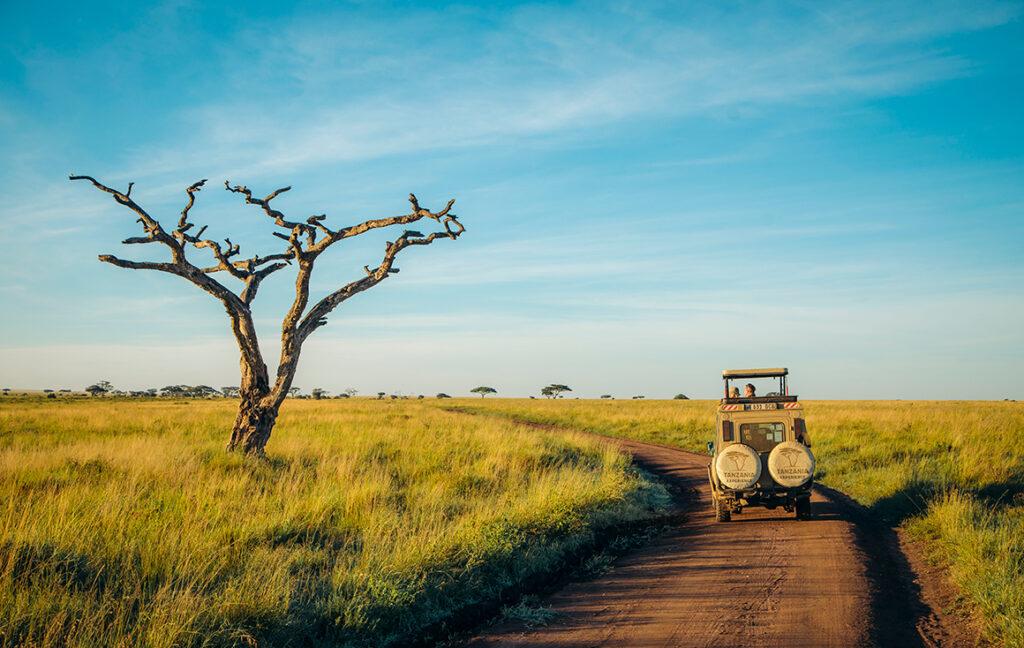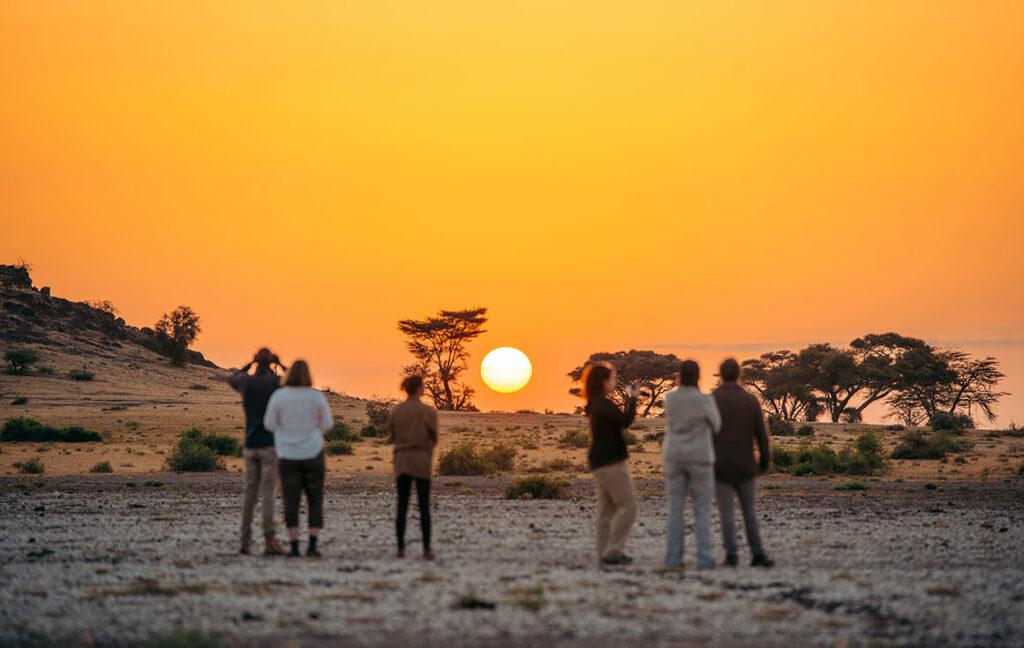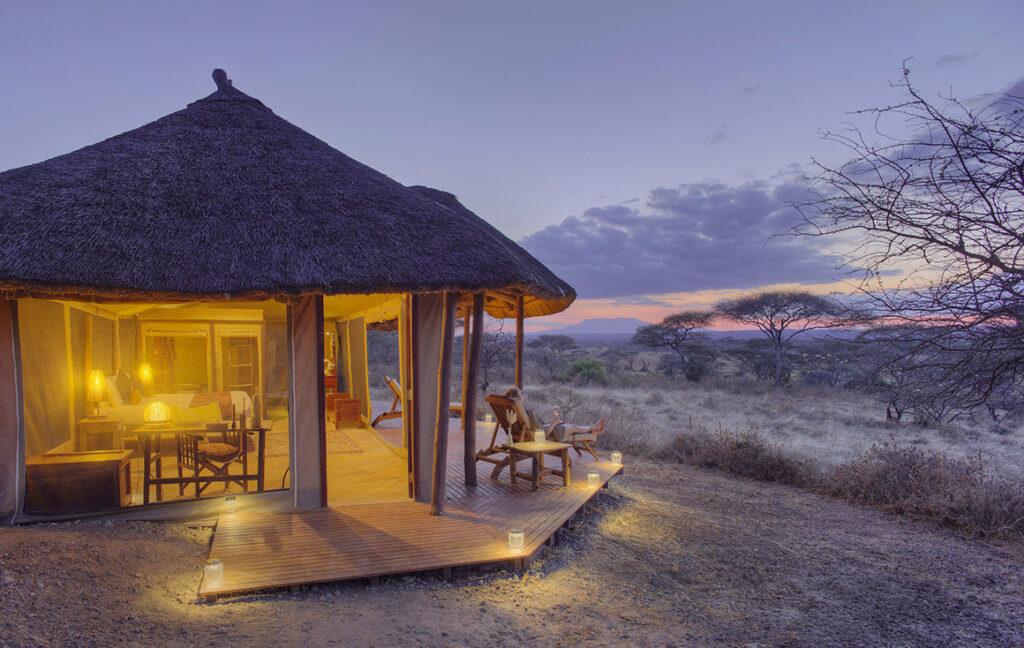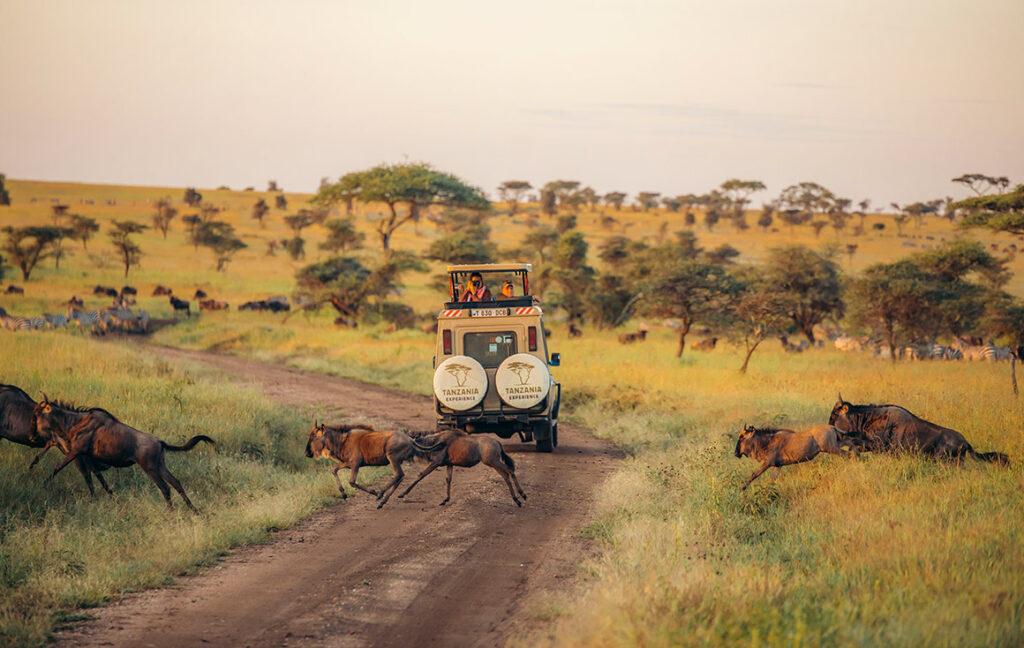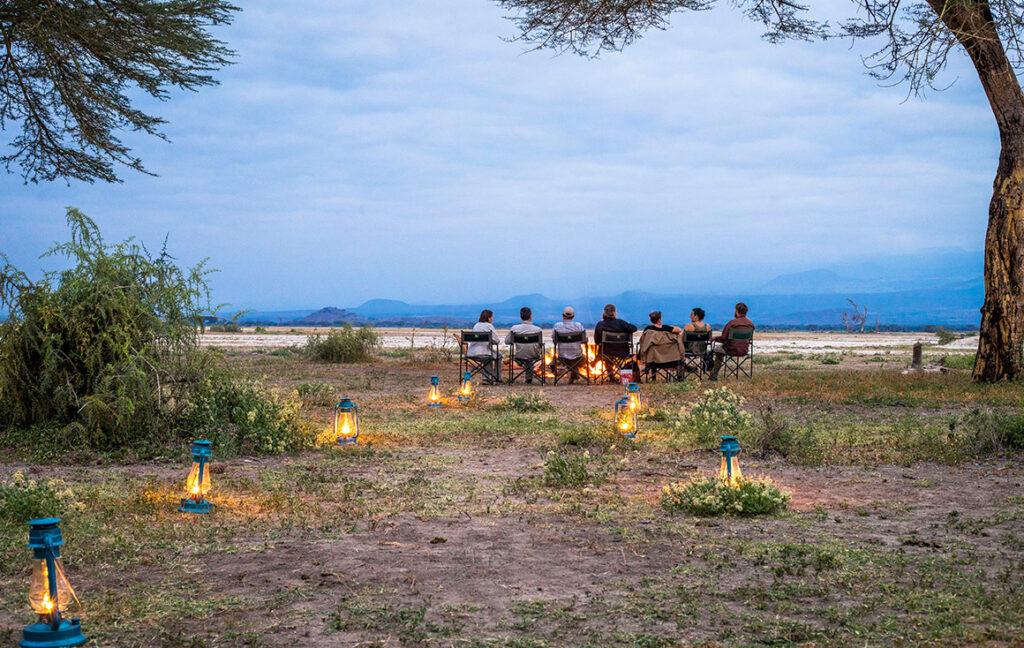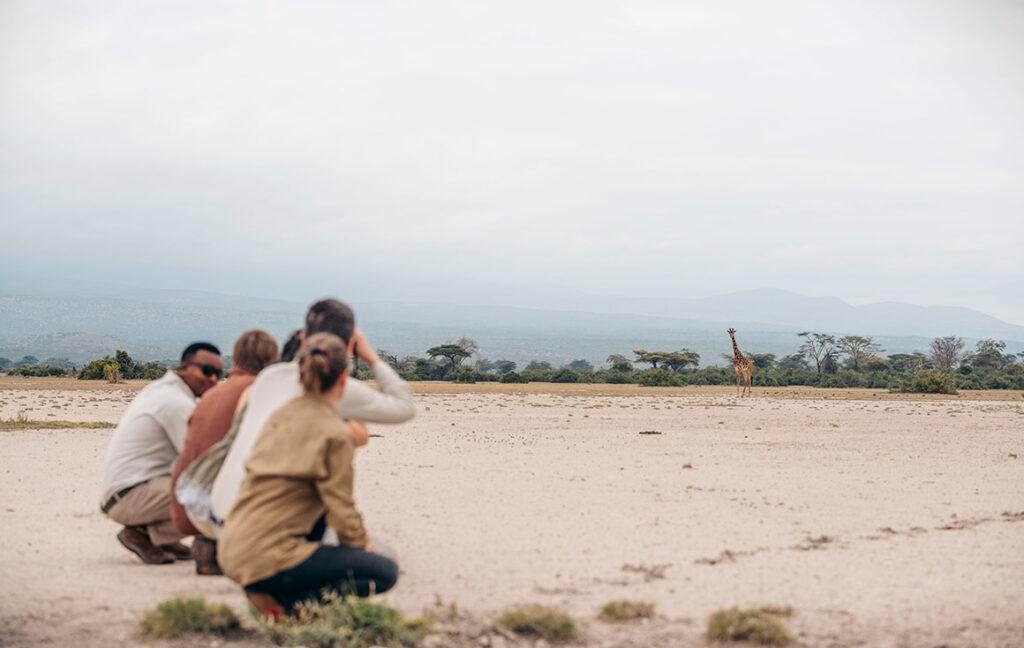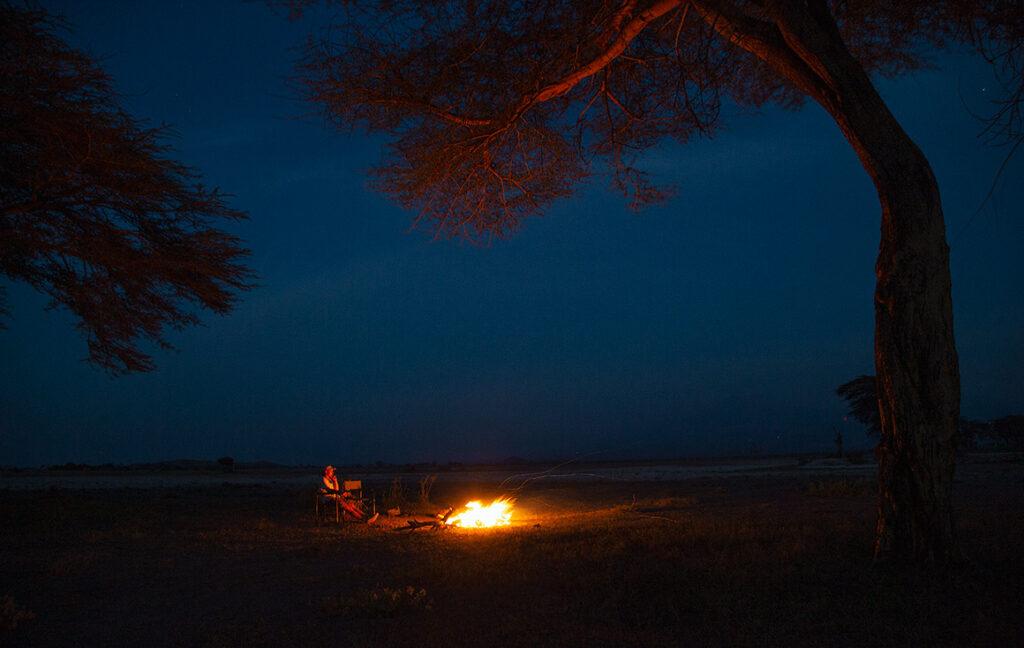Tanzania Culture & Languages
The complexity that lies behind the languages and cultures in Tanzania is impressive. The official language is Swahili; with English used in conjunction. There are said to be 121 indigenous languages and 8 non-indigenous established languages in Tanzania. 44 languages are believed to be endangered whilst 2 have already been lost. Discover more about the complexity of Tanzania’s culture and languages and more in the following sections.
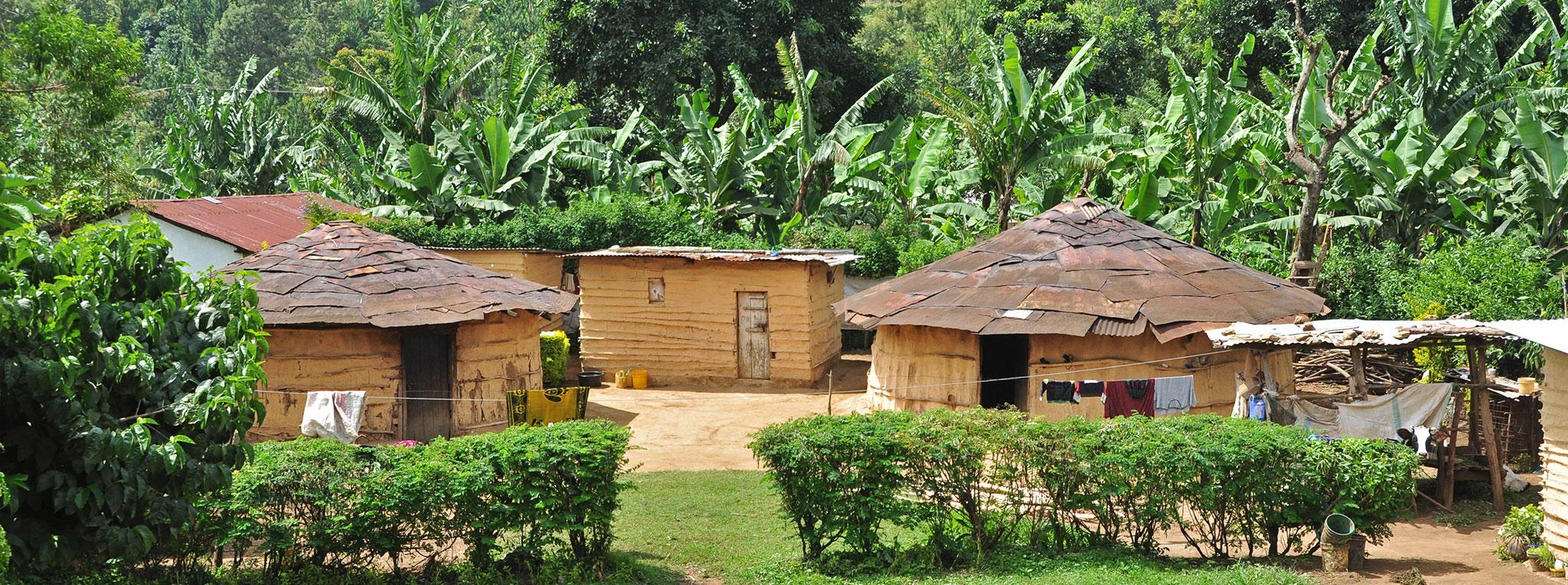
TANZANIA'S LANGUAGES
When Tanzania gained independence in 1961, one of its foundational principles was that there should never be one dominant ethnic group. Consequently, the language Swahili or Kiswahili (the local term) is used successfully as a tool to unite the 129 ethnic groups. Today, Tanzania is still one of the only sub-Saharan countries to use an indigenous language throughout its early education system.
The historical trade between the Arabs and the Bantu tribes along the East African coast led to the formation of Swahili, which predominantly is the merger of several Bantu languages and Arabic. Interestingly, it was originally written in Arabic, and subsequently, the Islamic religion spread along the coast as it was learnt and adopted by coastal people. Later, the alphabet was changed to Latin while the Germans were in East Africa.
Language use in daily life
Swahili is Tanzania’s official language, and English is used alongside it. Most people speak two languages – their own tribal language and Swahili. Many Tanzanians speak English as their third language. So, when travelling to Tanzania, you can expect to hear Swahili and English spoken throughout your journey. By preparing yourself with some basic Swahili words, Tanzanians will love to interact with you.
Tanzania Greetings
Greetings are an important part of Tanzanian culture, and asking how someone and their family are is important. If you shake hands, it may last longer than you expect. This is a normal gesture in Tanzania.
Tanzanians treat the elderly with the greatest respect. To greet an elderly person, you could consider saying, ‘shikamoo’, to which the response will be ‘marahaba’.
Tanzania Religions
Christianity, with approximately 63% of the population, is the most practiced religion in Tanzania. 34% are practising Muslims with only 1.2% following traditional religions and remaining 1.8% are non-believers.
Tanzania Dress
If you are wondering how to dress in Tanzania you will discover that many Tanzanians have a conservative style. Traditionally women only wear long skirts with knees and shoulders covered. In places like Zanzibar, there is a strict dress code where you should cover knees, shoulders and arms in public places. At the coast you will discover the use of the colourful kikoi (a sarong for men) and kanga (a sarong for women).
CULTURAL GROUPS IN TANZANIA
The Maasai
Out of the plethora of tribal groups in Tanzania, one of the most iconic is the Maasai of northern Tanzania. Despite using mobile phones and other perks of modern life, the Maasai have held firmly onto their traditions. As the seasons changed the nomadic pastoralists, the Maasai, would traditionally move their cattle great distances in search of new grazing.
Once established in a new area, they would construct a manyatta – several small huts (made from dung and soil) surrounded by a protective ring of thorn-tree branches to keep predators, like lions, away from their cattle. This practice allowed the grazed land that they left behind to rest and regenerate.
Cattle, believed to be sent down from heaven for safekeeping by their god Enkai, are a central part of their way of life and economy. Cattle provide them with all their basic needs, but more profound than that, the Maasai see them as a status of wealth. The greater the number of cattle, the greater the wealth.
Their language, the Maa, is spoken by 800,000 Maasai. It is said to be derived from the Eastern Nilotic language, and can be heard from Tanzania to northern Kenya.
Life of the Maasai today
Unfortunately, the Maasai way of life is under threat. Competition for land forces the Maasai to stay in one spot, leading to overgrazing and land degradation, damaging wildlife habitat. However, hope for their way of life is being demonstrated at the Enonkishu Conservancy, where several Maasai herds have been combined, and grazing is planned to mimic large migratory herds of wildebeest. Consequently, grasslands are recovering to benefit both the Maasai and the wildlife.
The Hadzabe
The Hadzabe or Hadza are a tiny tribe of hunter-gatherers based around Lake Eyasi, 75 kilometres south of Ngorongoro Crater. Descendants of the original hunter-gatherers’, their way of life has existed for hundreds of years.
They live in small groups of twenty with no hierarchy and share everything equally. They hunt with bow and arrow and forage for berries, tubers and honey from aggressive African bees. For shelter, they build small grass domes, and they only move camp in search of better hunting grounds if a conflict occurs or if there is an illness or death in the group.
Their language, known as Hadzabe, is integral to their culture. Despite only a small population of Hadzabe remaining, their language is not regarded as at risk. When the Hadzabe talk, it sounds like chatter, clicks and pops. Interestingly, they use a series of stories to pass down their long history to the next generation.
Today, their population hovers around 1200 people; however, according to statistics, only 400 live traditional, hunter-gatherer lives. Diminishing habitats to hunt in, impact from tourism and pastoralists seeking out new grazing areas are impacting their way of life. As a result, they move to cities and nearby villages. That is why witnessing their culture while it is still alive is so important.
These are just two of the many different cultural groups in Tanzania.
NATIONAL CUISINE
Curious about the food and drink in Tanzania? When you travel to Tanzania you will not be disappointed. You will discover a large breadth of cuisines that use some of the best produce on the planet.
Traditional Tanzania cuisine
Carbohydrates are a fundamental part of traditional dishes in Tanzania. Ugali, water and maize meal, is cooked and stirred slowly to form a consistency a little like mashed potatoes. Traditionally a daily meal, you break Ugali into small balls by hand; then you form an indent with your thumb and use it to scoop up Sukuma-wiki (delicious wilted collard greens and spices such as cumin and coriander) and nyama choma (nyama/meat cooked over an open fire).
Tanzanians eat Ugali or rice along with a variety of stew-like dishes, such as Mkuzi wa Samaki (samaki/fish stew) or Mkuzi wa kuku (kuku/chicken stew). Both are made with a mix of vegetables, spices and coconut milk. Mchemsho, is a boiled dish with a mixture of meat and vegetables (the Swahili verb to boil is: kuchemsha), which creates a simple, but delicious dish.
Two other carbohydrates used regularly in Tanzanian cooking include rice, often cooked in coconut milk to produce Wali wa nazi, and plantain, cooked a number of different ways and is generally referred to as Ndizi.
Look out for delicious deep-fried Mandazi. This is a very popular snack, you make it from wheat flour, eggs, fresh milk, sugar, and bicarbonate soda.
Fusion food
Thanks to the large population of Indians and due to the long and rich history of Arabs in East Africa you can find an amazing fusion of spices, cultures and great products. Seek out dishes like Kuku Paka a coconut-based-curry. Or Mchuzi Biringani, deep-fried egg-plant mixed with other vegetables – a simple yet delicious dish. If travelling to Zanzibar try a murtabak or Zanzibar pizza. It is a type of flat bread with spiced-meat, vegetables and cheese on top.
The food in Tanzania will not disappoint. It is home to delicious tropical fruit and produce. Thanks to 129 ethnic groups, the diversity in the way Tanzanians prepare food creates some very delicious meals.



Experience Tanzania with us
Speak to one of our travel experts
Let's start planning your trip!
We will get back to you within 2 working days.
 on Tripadvisor
on Tripadvisor


